“We’ve Always Done It This Way”
Why the past can’t be the future.
I have found that most companies do what they do because “someone” did it that way, at one time, and no one ever challenged that process or view point as a means to finding a better one.
People don’t tend to challenge the status quo when they are the status quo.
Often, it is my role to be the “challenger,” and I did just that many years ago for the Miss America organization. The resulting changes increased their revenue 20 fold in less than two years, simply because I could see their “white space” - and importantly - how to maximize it. But, it meant they’d be giving up the comfort of their particular status quo.
A brand known mostly for bathing suit walks and tearful “crownings” on national television, I helped the Miss America brand see themselves not as the gangplank of beauty pageants, but as the country’s number one provider of scholarships for women. That shift in positioning allowed us to negotiate sponsor deals and licensing agreements with more favorable terms, and for much longer periods. These were plain and obvious to me, through my lens as an external observer. But for them, steeped in their history, and despite being game-changing, it was also uncomfortable and disruptive.
At one point, an executive opined that he didn’t want to ruffle the current strategy (because it would take some work to actually change the way this iconic brand quite literally went about their business.) He sensed, correctly, that this would cause a chain reaction, forcing eye contact with other areas of stagnation.
“But we’ve always done it this way,” he said.
“Yes. And that’s why you called me,” I replied.
Although that would be a golden chapter for them, they soon slipped back into how it had “always been” - which may be why you don’t hear much about them these days, unfortunately.
But the lesson wasn’t lost on me, because they were my company’s very first client. Those learnings became key to the DNA of what we do now, 15 years later.
Whether I find myself inside the offices of an iconic, blue chip “brand” or one that exists behind the visibility of the public eye, the goal is always the same for me. Keep the original DNA, but update the necessary machinery - whether that be communication, operations, culture or business development - according to our mission.
If you read my last newsletter about the importance of “basics,” you may see a thread developing. No matter the work you do, we all have the ability to maintain what matters historically or symbolically, while updating the “technology,” in the entities we touch.
In architecture, it might be akin to keeping the crown molding or mid-century styled roof while updating the windows, plumbing and kitchen appliances.
But the truth is, we’re all Miss America on some days, right? We operate blindly in “how we’ve always done it.” The good news is that looking at your company (or yourself) with this in mind is the first step to recognizing the “white space” - and doing it differently (or hiring someone who can help.)
If you have a good example of this, I’d love to hear it. Reply to this email and I’ll enjoy your anecdotes as I make my way east this week.
__
This commercial is one of my favorite examples of keeping what matters, while updating the components that allow a thing to stay relevant, useful and enduring.
For further reading on the benefits challenging the status quo, check out the "Rules" chapter in Rick Rubin's book The Creative Act.
Cheers to those who have the humility - and bravery - to evolve.
BG
Looking to level up your business, transform your teams, unlock new opportunities, and build stable, sustainable growth through your people?
There’s nothing like the value of a conversation. Let’s talk it through.
Click here to schedule a call.

